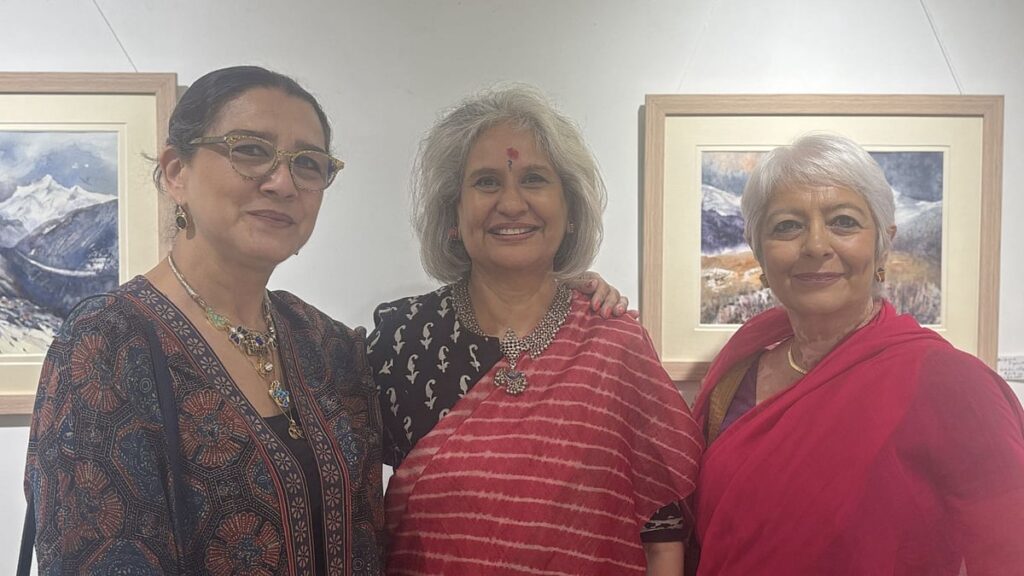Artist Mridul Chandra’s latest exhibition, visual/neglect, invites the audience to resume the past through a contemporary lens. Their striking ability to mix traditional artistic effects with modern interpretations brings out lectures and hidden approaches at the forefront.
The painting of the lunar takes inspiration from classical art, yet eliminates expectations by re -explaining the fantasy familiar with new textures, colors and structures. Views/ignorance not only pay tribute to the history of Hampi, but instead reconstruct it in ways that challenge the audience’s perception. By incorporating layered techniques and innovative forms, their work has questions what is seen and ignored in artistic traditions. The exhibition challenges the audience to reflect the authority’s historical hold and how it is still today.
Although Chandra takes deep inspiration from the ancient ruins of Hampi, she goes beyond portraying her famous pavilions. Instead, she focuses on her rugged boulder and korak boats that once used to dismiss their rivers. She rejoices the core as a begging bowl, which is a powerful symbol of giving and receiving. Through this lens, she examines the cyclical nature of human desires. Some people constantly want more, others who have them, and some find a balance between the two. His artwork captures this interplay, with a basket-like and out-run boulder, representing our life-shaped material exchanges.
Converting these elements into visual metaphors invites the audience to occupy and reflect their relationship with the troop. Boulder in his work symbolizes the weight of physical aspirations. At the same time, the act of putting out in or out in the basket shows how we get or release the offerings of life, even hard, with gratitude. From a distance, his compositions create a striking image of movement that echoes eternal push and draws between fulfillment and longing.
Initially trained in classical techniques at JJ School of Arts, Chandra’s journey has been one of the continuous development. His artistic journey began in the early 90s when the fine art became an unexplained calling despite his background in the interior design. He immersed himself in painting, performing his work in single and group shows since 2000. Although she taught briefly in a Canadian school, she found more and more satisfied in advancing her passion for art and headfrended to honor the style that defines her work today. With patience and perseverance, he created a career that echoes deeply with Indian culture, allowing him to detect subjects that blow history, philosophy and human experience.
His early work showed a deep reverence for traditional forms, but as he developed her style, she gradually moved towards abstraction and ideological exploration. The result is a body of work which is contained in history and its view is further thinking.
The scene/neglect gives an example of this development. The exhibition shows how classical effects can be re -placed for modern audiences, preserving the essence of their original intentions. Each piece invites a dialogue between the past and the current, reveals the hidden layers of meaning in art that may remain ignored otherwise.
Through this collection, Chandra not only pays tribute to the rich history of India, but also claims his voice in the ongoing conversation of artistic expression. His job is a reminder that art is never stable. It continues to develop, adapt and challenge the boundaries of traditional and contemporary.


